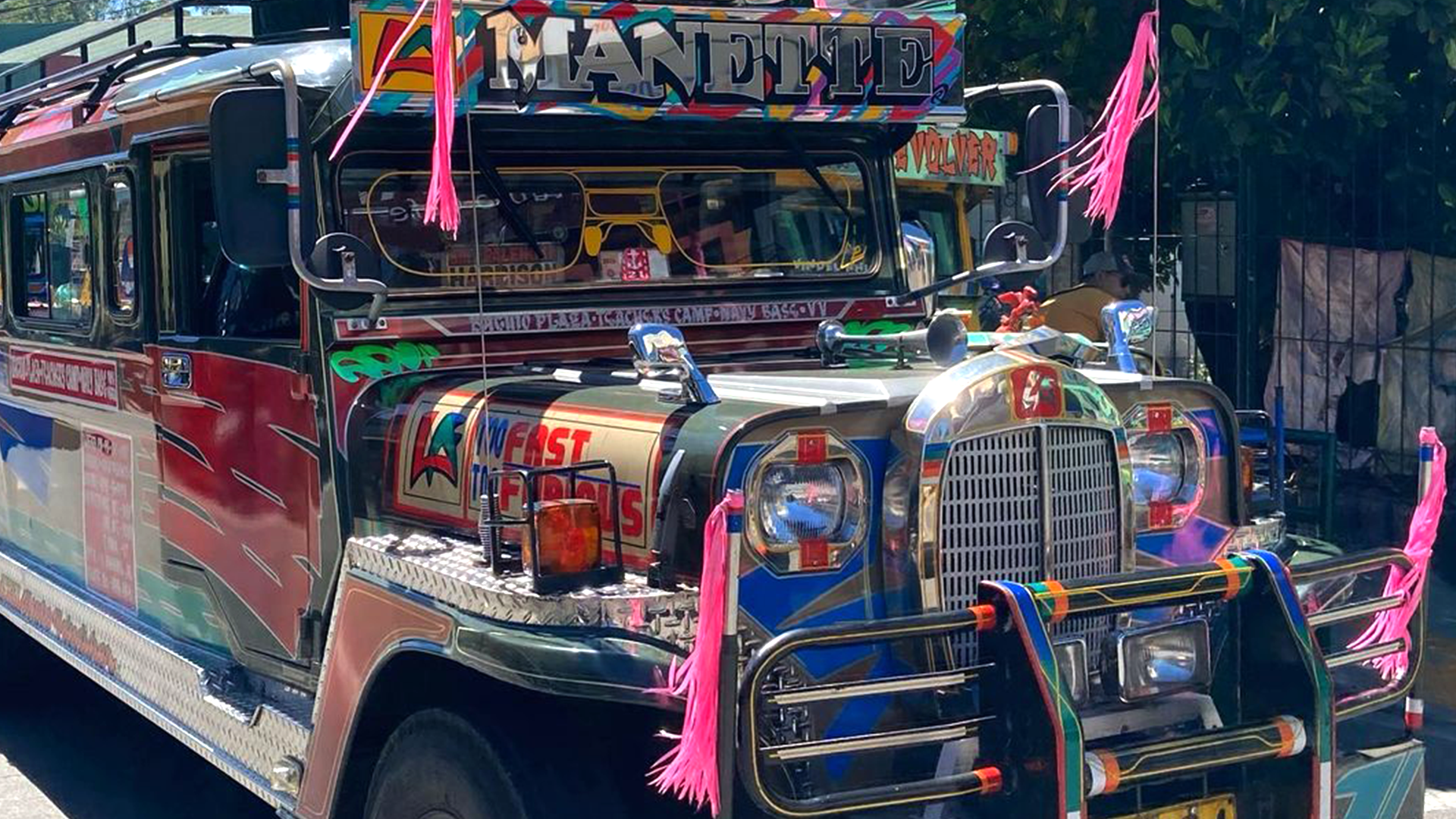This is Why We Shouldn’t Phase Out Jeepneys
With the on-going transportation strike, it is time to look back at your ‘byahero’ experience and discover the reasons why we should not phase out jeepneys.
By Patricia Lanzagarita
Photos courtesy of Jeepney Philippines
November 24, 2023
As a student who studies in Manila and who lives far from the university, I tend to wake up early in the morning with concern for the hustle and bustle of the city, specifically the commuting. Throughout my experience as a student who commutes every day, my saving grace against the fear of missing out and being late for classes has been jeepneys.
With their accessibility on the roads, jeepneys became one of my preferred types of transportation, which also became a witness to my journey as a student and as an individual.
Jeepneys are embedded in our culture and also in our experiences as commuters–well, for me, if not for others. Thus, here are the reasons why jeepneys should not be phased out:
Contribution to Filipino identity
Historically, jeepneys are the products of damages from World War II. As the then cable cars were completely ruined because of all the bombings in the city, local manufacturers modified and altered them to accommodate more passengers and to mobilize the urban population of the country.
Even though it was considered a temporary solution to wake the people after the destruction of the war, jeepneys eventually became a cultural symbol of the country as they became fundamental to the lives of every Filipino, especially commuters.
Soon after, jeepneys were hailed as the ‘Hari ng Kalsada’ for their festive designs and vibrant colors, along with their roaring engine sounds, which befit the loud ornaments and designs that they have.
As it became iconic, you couldn't see a single tourist who didn't seem amused and charmed by jeepneys. Known as the backbone of Filipino transportation, it became a part of the Filipino landscape, culture, and identity as it became the symbol and source of pride for Filipinos.
Least advantage to the environment
One of the goals of the modernization program is to lessen the air pollution. Yet, it is important to take note that jeepneys only constitute 2 percent of all the registered vehicles in the country.
As most Filipinos can’t afford to purchase their own vehicles, they are forced to use jeepneys, which fit their purpose of accommodating a large number of passengers.
With this, it reduces traffic, prohibits more greenhouse emissions, and reduces air pollution. In numbers, singling out jeepneys for traffic jams, road accidents, and carbon emissions won’t alter the problem of air pollution.
Phaseout’s burden to transport workers and commuters
With the recent calls for the halt of phaseout, one of the concerns that the PUV drivers are screaming about is the financial burden of the modernization program.
Modern jeepneys approximately cost P2.8 million, at least for the year 2023, while traditional jeepneys cost P200,000 to P400,000. This amount will be shouldered by the operators and jeepney drivers, which exceeds the financial capacity of a normal ‘tsuper’ who only depends on their earnings from driving a jeepney.
Furthermore, the phase-out doesn’t only affect the transport workers but also the commuters, as the accommodation for thousands of passengers in a day won’t be enough. Also, the privatization of the traditional jeepneys will result in fare hikes, which will affect students and minimum wage-earner Filipinos.
Modernization is constant and necessary, yet resonating with our experiences and transport workers’ livelihoods, jeepneys should not be completely eradicated from the roads. Find a middle ground where they can assure the livelihood of the drivers and operators while certifying the safety, comfort, and welfare of commuters.
Looking at the two sides of the coin, aside from the livelihood of local transport workers, it will also erase the profound culture of the country. The culture that once brought vibrant experiences and identity to Filipinos, which should be carried all throughout the constant changes of time.

